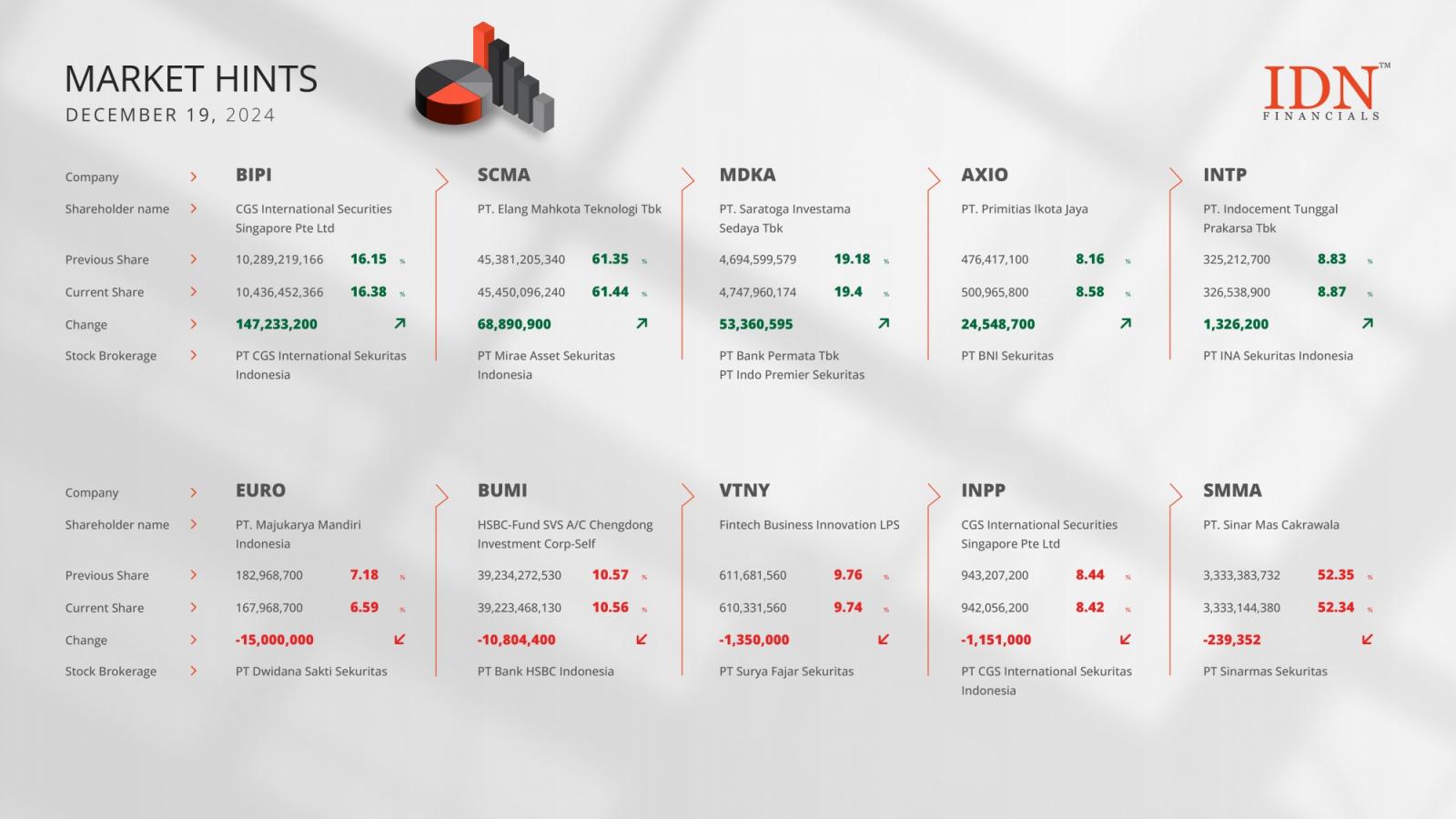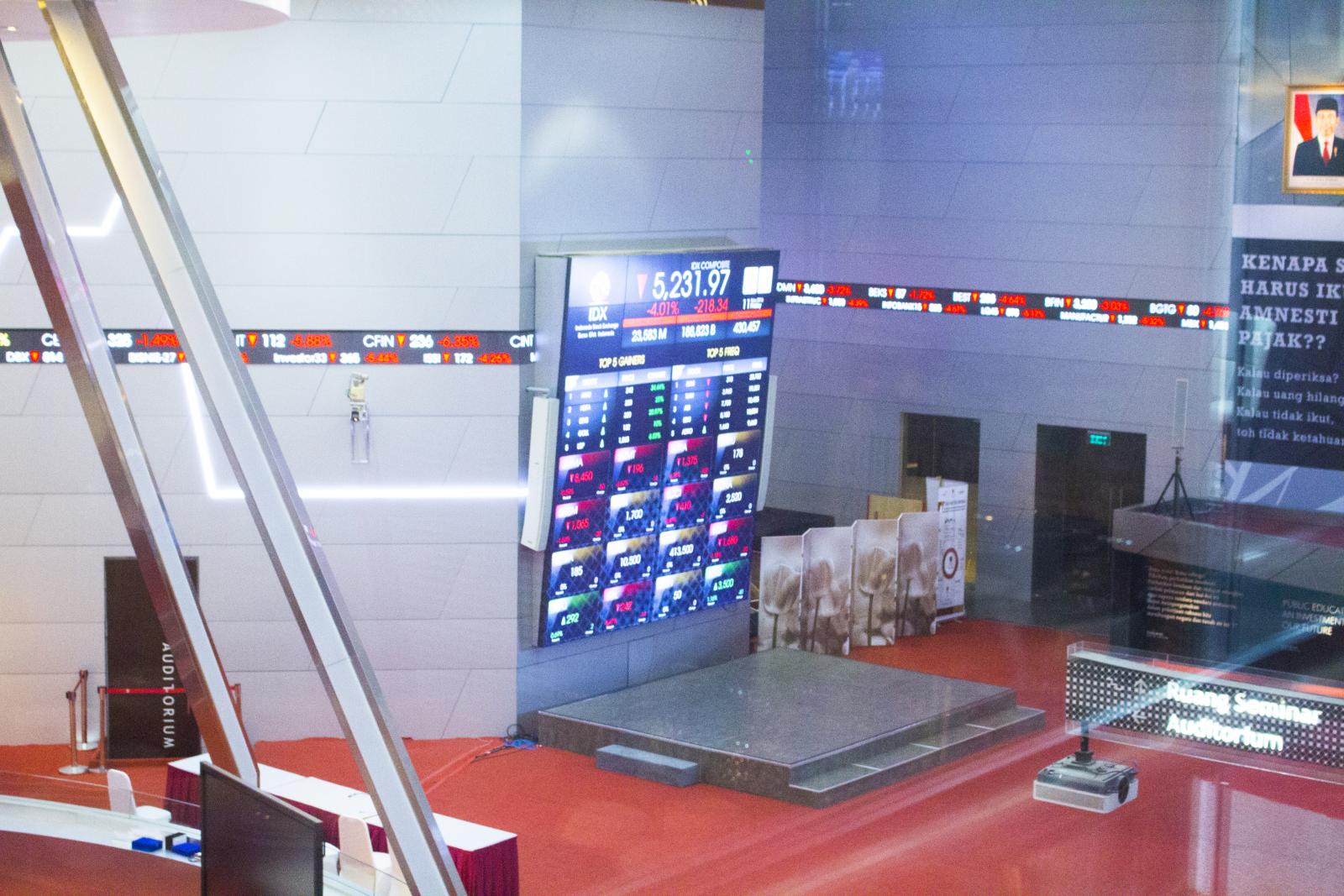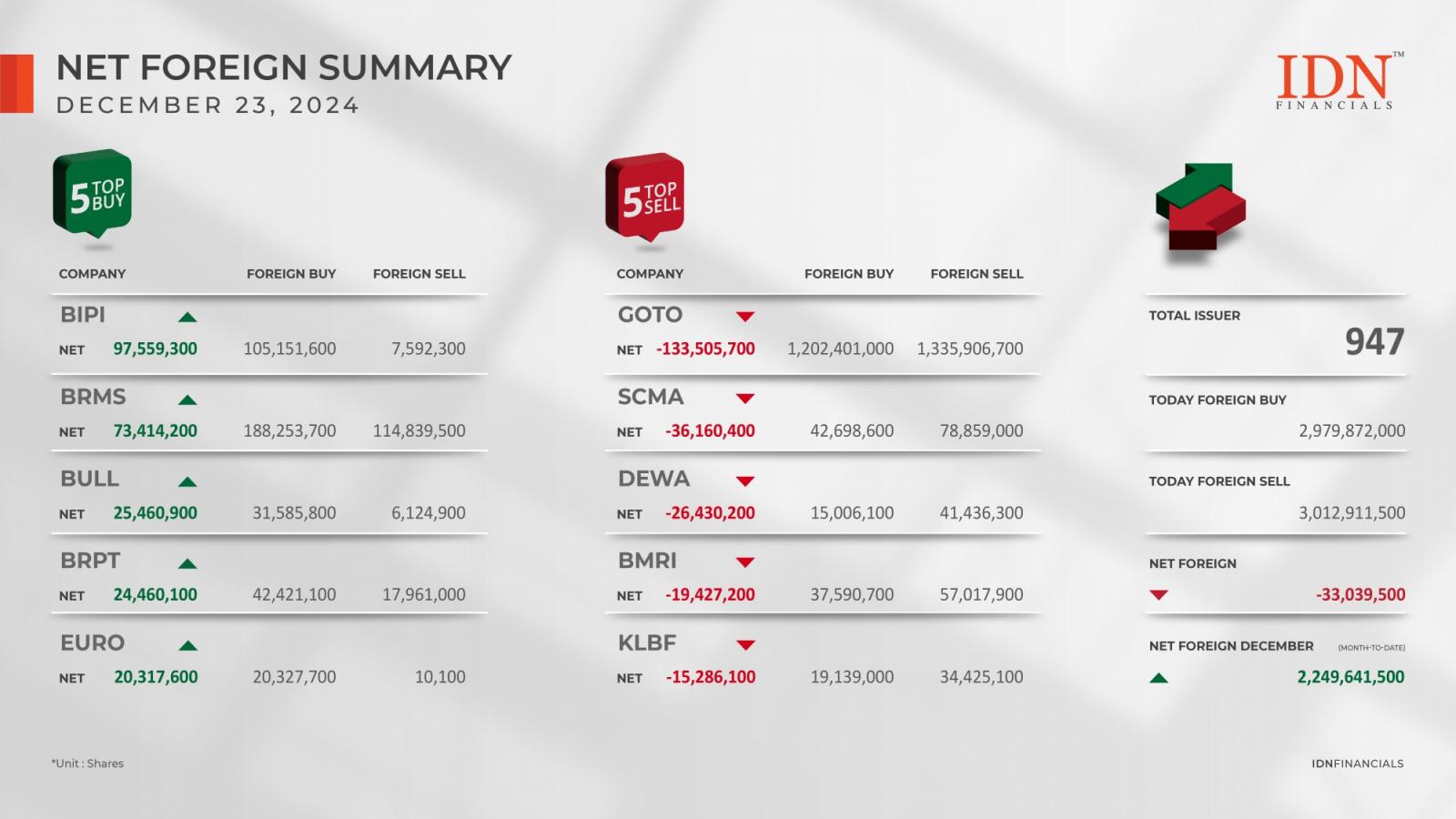
The Bank of Japan maintained its benchmark rate on Friday after two hikes this year and signalled that the policy normalization will continue but the further action will be data dependent.
In a unanimous vote, the Policy Board decided to maintain the uncollateralized overnight call rate to remain at around 0.25 percent. This was the highest since late 2008.
The BoJ had ended its negative interest rate policy in March and last raised the benchmark rate in July to the current level. The bank has tightened the policy twice this year.
At the press conference, Governor Kazuo Ueda said the BoJ will adjust the degree of monetary support if economic and price forecasts are achieved.
Japans monetary policy tightening contradicted with the stance of other major central banks that resorted to easing this year.
This week, the US Federal Reserve slashed its benchmark rate by a more-than-expected half a percentage point, which was the first reduction in over four years. On Thursday, the Bank of England maintained its bank rate at 5.00 percent after a quarter point reduction in August.
In the statement, the BoJ said the economy has recovered moderately, although some weakness has been in part. Further, the bank upgraded its view on consumption, which it said has been on a moderate increasing trend.
Capital Economics economist Marcel Thieliant said the BoJ will hike its policy rate once more by a quarter point at its October meeting.
ING economists said the timing of the next hike remains uncertain, but there is a chance of a hike in December.
Earlier in the day, data from the Ministry of Internal Affairs and Communications showed that Japans consumer price inflation rose to 3.0 percent in August from 2.8 percent in July.
Core inflation that excludes fresh food rose to 2.8 percent from 2.7 percent in July.
Over the next few months, the restart of the utility subsidy programme in September and the usual price increases in October may cause inflation figures to fluctuate, ING economists said.
They said in September, inflation is forecast to ease quite meaningfully to the mid-2 percent range as the government re-introduces the temporary energy subsidy programme for the summer.





